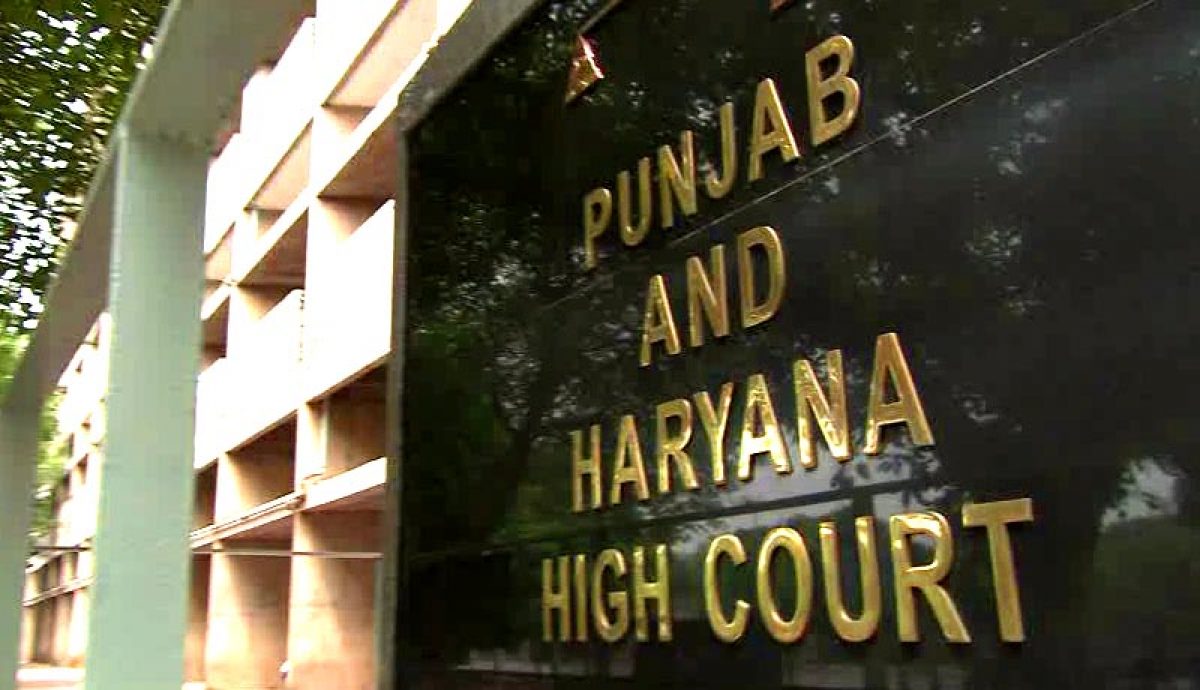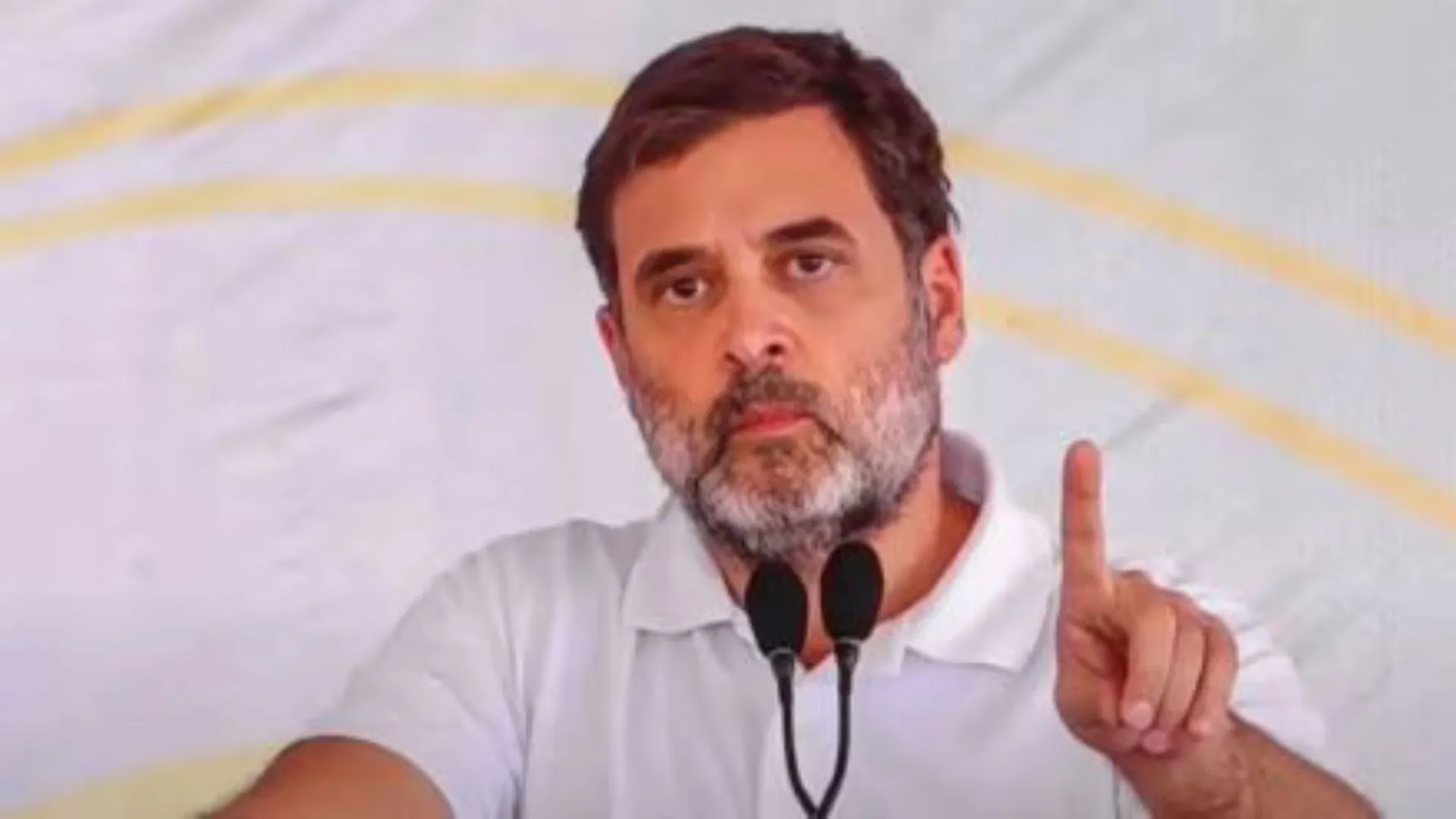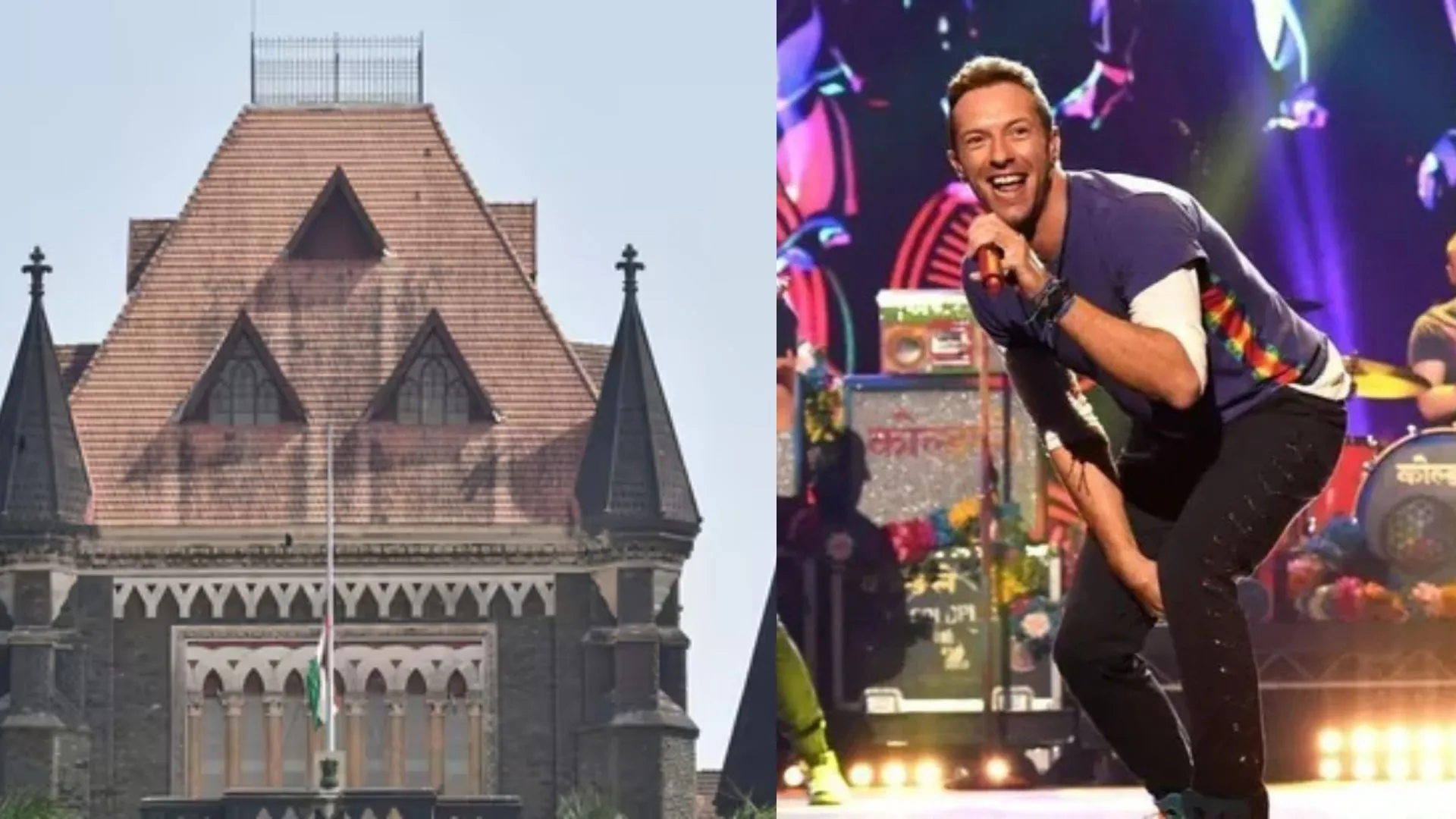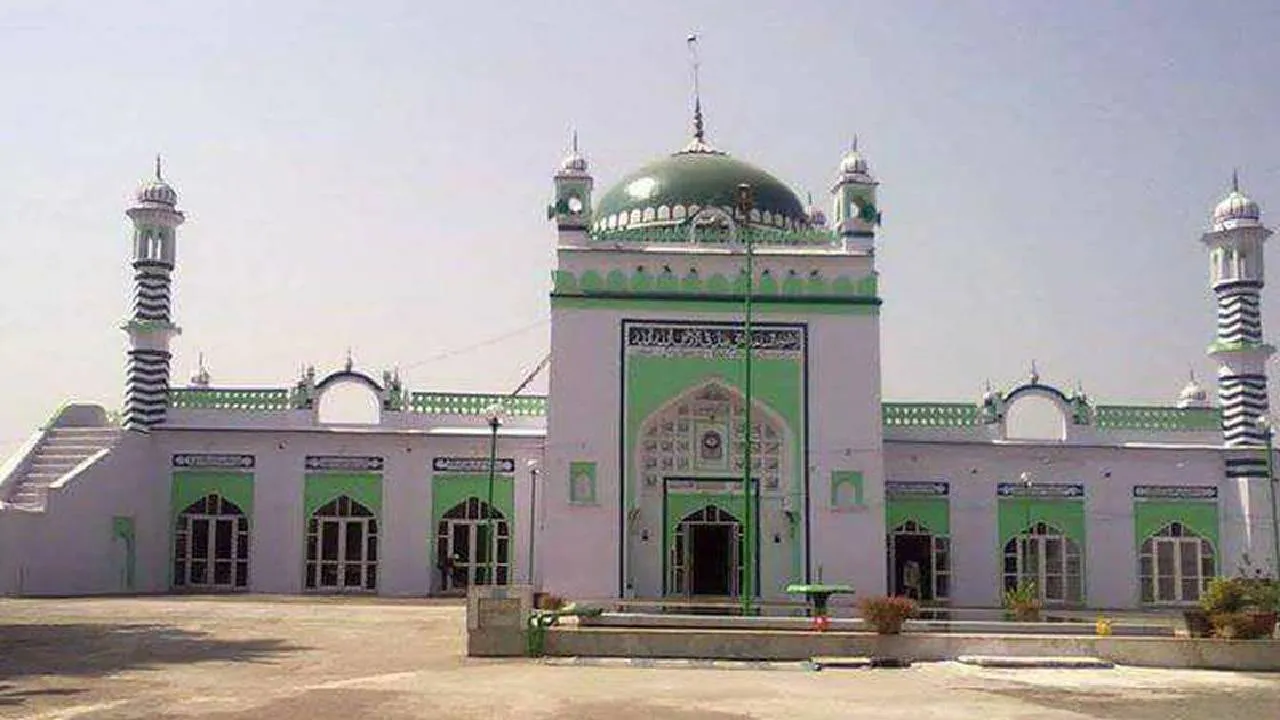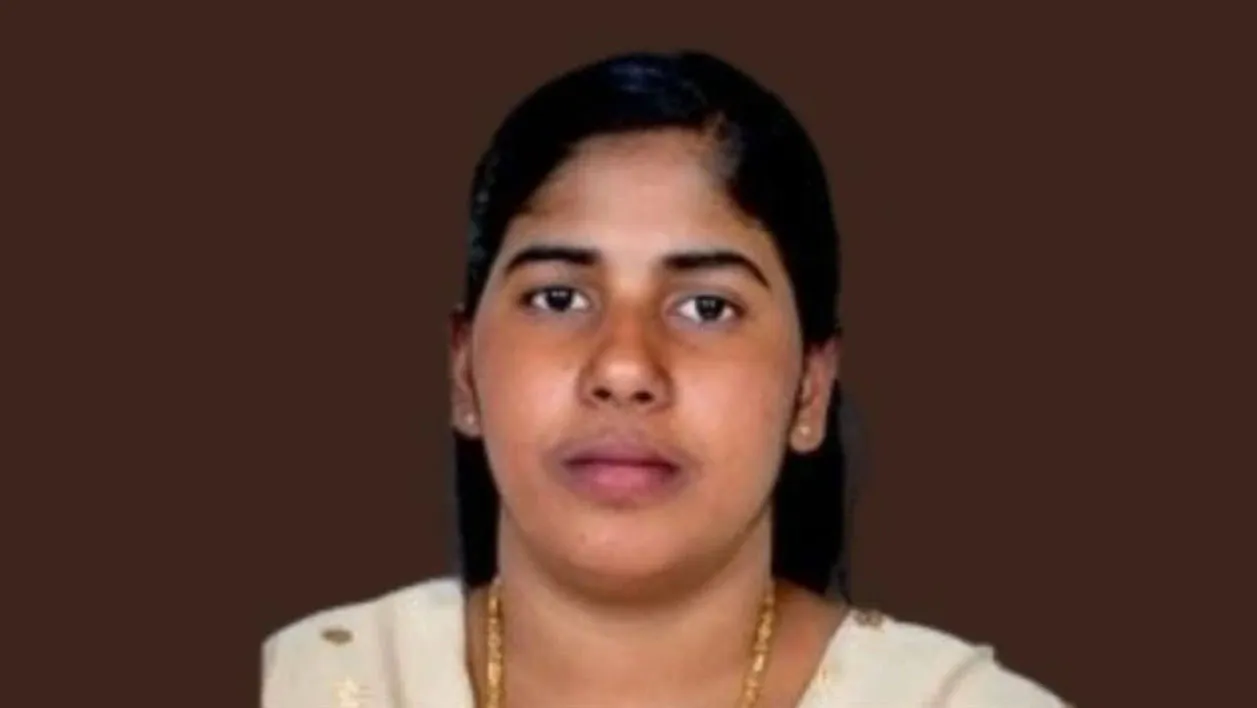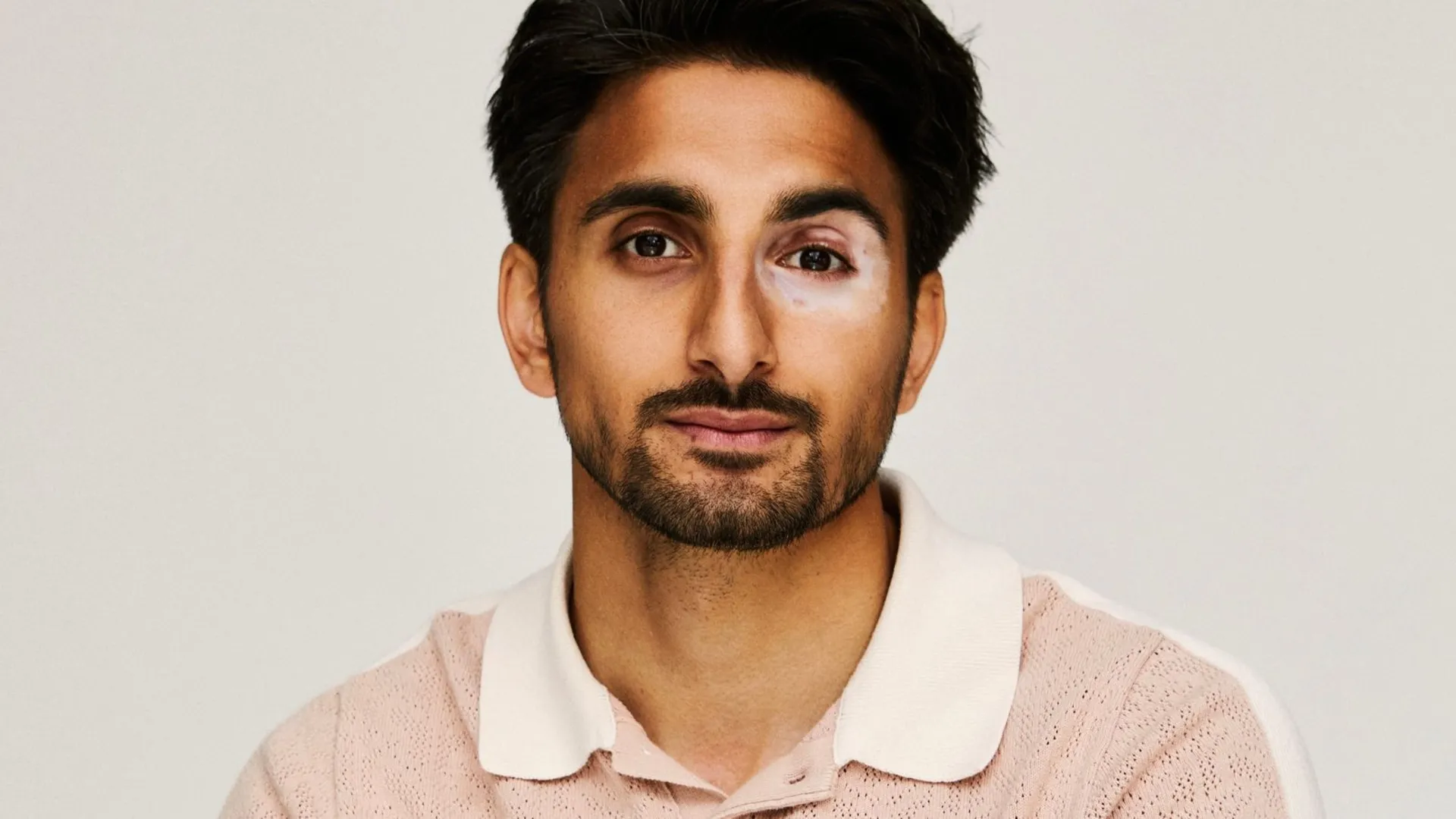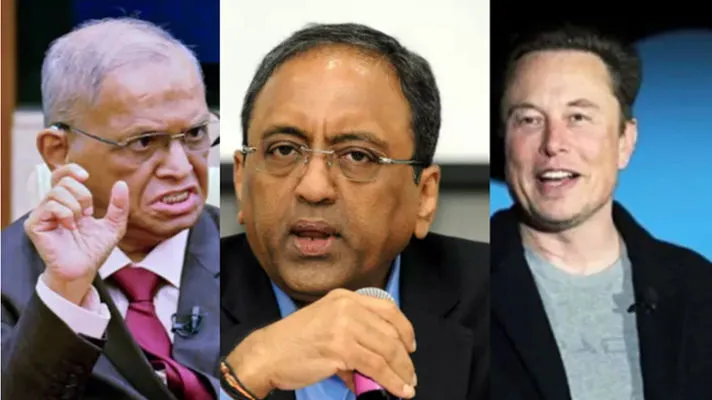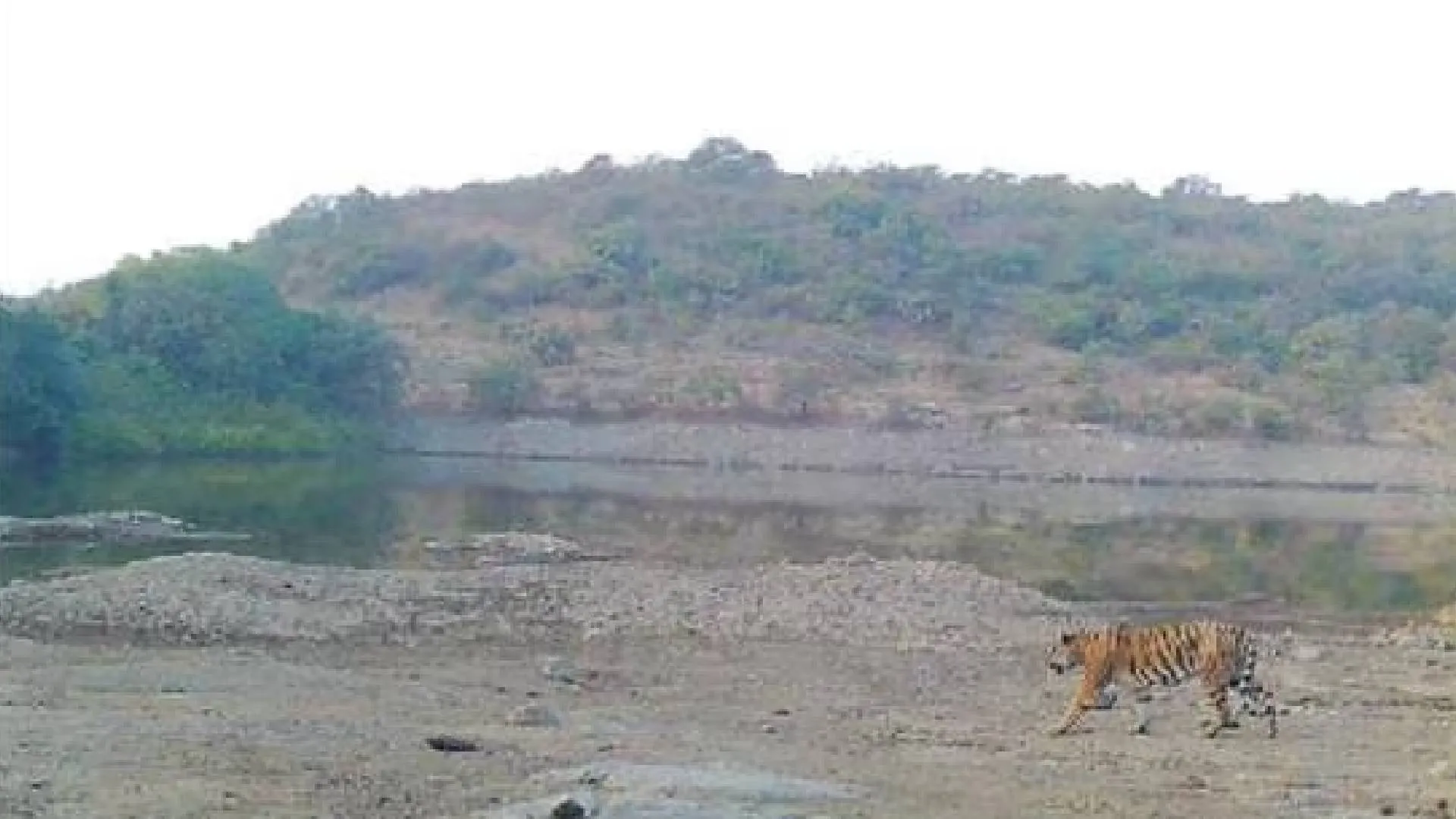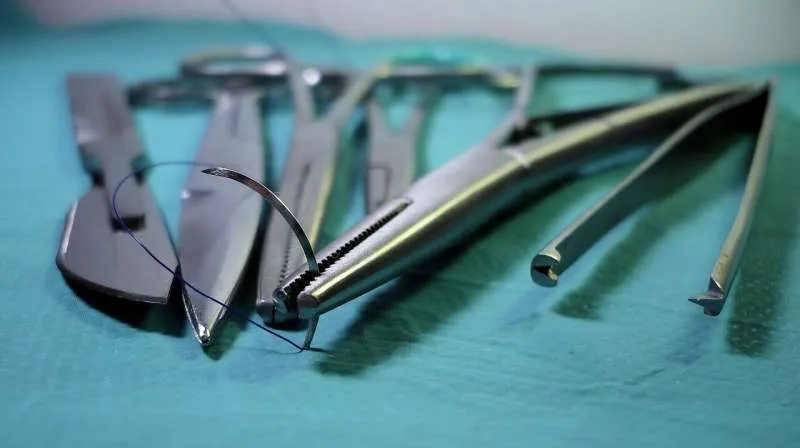In one of the best judgment that I have ever read, it is most heartening to learn that the Punjab and Haryana High Court in a very commendable, cogent, courageous, composed and creditworthy judgment titled Kaushal v State of Haryana and others in CRM-M-43672 of 2021 delivered on January 7, 2022 has directed that CCTVs should be installed in every part of police stations including the interrogation room as per the directions issued by the Apex Court. According to the single Judge Bench comprising of Justice Amol Rattan Singh of Punjab and Haryana High Court, the directives issued by the top court clearly state that no portion of police stations should be left uncovered by CCTVs. The court further stated that our country cannot make the excuse that our interrogations techniques are different than that of western countries and authorities cannot use methods like the third degree as a means of interrogation.
To start with, in this brief, brilliant, bold and balanced judgment authored by a single Judge Bench of Justice Amol Rattan Singh of Punjab and Haryana High Court, the ball is set rolling by first and foremost pointing out that, “Case heard by way of video conferencing. By this petition, the petitioner seeks a direction to respondents no.1 to 3, with a prayer that whenever the petitioner is sought to be taken for interrogation in any case, a videography be done of his leaving the jail premises till his reaching the concerned police station and during interrogation, a videography be also done.”
While continuing in the same vein, the Bench then states that, “It is further prayed that during interrogation his medical examination be also got conducted through a board of doctors or through a civil hospital, so that if any torture ‘is done to him’, then it can be revealed through the said medical examination; with a further prayer made that when he is to be taken outside jail on remand, then either his family members or his lawyer be informed of the location, with his lawyer to be permitted to be present there, where he is being taken and appropriate security be also provided so that he may not be killed in a fake encounter. It is further prayed that respondents no.1 to 3 be directed to comply with the provisions of Section 31 of the Prisons Act, 1894.”
To be sure, the Bench then discloses in the next para that, “A detailed order had been passed by this court on 03.12.2021, directing the DGPs of Punjab and Haryana to file affidavits in response to the observations made in that order, in reply to which both, the DGP, Punjab and the DGP, Haryana, have filed affidavits, both dated 06.01.2022, which are ordered to be taken on record. The affidavit earlier filed by the SSP, Chandigarh, dated 26.10.2021, which is now on the case file, is also ordered to be taken on record.”
While narrating what happens with many of the prisoners, the Bench then points out that, “Before proceeding further, what has been contended by the petitioner in paragraph 22 of the petition is again being reproduced in this order, which is as follows:- 22. That the incidents that are happening with the petitioner inside the jail and during remand are as follows:-
i) The investigating agency spits on the floor and asks the petitioner to lick it and if the petitioner refuses to do so, then he is forcible made to lick the spit of the police officers.
ii) The investigating officers urinates on the face and on the body of the petitioner after removing his clothes.
iii) The petitioner is made to be naked throughout the remand and given merciless beatings.
iv) Sharp objects are inserted in the private parts of the petitioner.
v) The petitioner is given electric shocks behind is ears and on his private parts so that he is tortured badly and even signs of said torture are not openly visible to the ld. Magistrate as well as medical officer.
vi) His legs are put in wooden logs and then pulled aside thereby causing damage to his muscle and rollers are rolled over his thighs so that the petitioner feels the worst kind of pain and still there is no visible mark of injury.
vii) The petitioner legs are tied with a rope and he is hanged with his head down and this is repeated every day while in police remand.””
As anticipated, the Bench then states that, “As regards the allegations of absolute inhuman treatment, as made in the aforesaid paragraph, as expected, the allegations have been completely denied by both the DGPs, with is also stated that no such allegation was ever made earlier by the petitioner and that therefore the petitioner has only made the allegations with mala fide intentions.”
Most significantly, what forms the cornerstone of this notable judgment is then elucidated stating that, “As regards video recording of investigation of the interrogation process, the DGP, Haryana, has stated that there is no such provision in the Cr.P.C. for conducting investigation under surveillance of CCTV cameras. The DGP, Punjab, is conspicuously silent in his affidavit on that aspect. Though, as regards installation of video cameras in all police stations, as pointed out by the learned State counsel, in the affidavit of the DIG (Law & Order), Haryana, dated 02.12.2021, it has already been stated that CCTV cameras are installed in all entry and exit gates of prisons and all police stations (which has already been noticed in the order previously passed by this court), it is to be noticed that such cameras were also installed by both the States on directions issued by the Supreme Court and this court, with Mr. Ghai again pointing today to the directions issued by the Supreme Court in the case of Paramvir Singh Saini v. Baljit Singh and others (2021) 1 SCC 184, which read as follows:-
“16. The State and Union Territory Governments should ensure that CCTV cameras are installed in each and every Police Station functioning in the respective State and/or Union Territory. Further, in order to ensure that no part of a Police Station is left uncovered, it is imperative to ensure that CCTV cameras are installed at all entry and exit points; main gate of the police station; all lock-ups; all corridors; lobby/the reception area; all verandas/outhouses, Inspector’s room; Sub-Inspector’s room; areas outside the lock-up room; station hall; in front of the police station compound; outside (not inside) washrooms/toilets; Duty Officer’s room; back part of the police station etc.
17. CCTV systems that have to be installed must be equipped with night vision and must necessarily consist of audio as well as video footage. In areas in which there is either no electricity and/or internet, it shall be the duty of the States/Union Territories to provide the same as expeditiously as possible using any mode of providing electricity, including solar/wind power. The internet systems that are provided must also be systems which provide clear image resolutions and audio. Most important of all is the storage of CCTV camera footage which can be done in digital video recorders and/or network video recorders. CCTV cameras must then be installed with such recording systems so that the data that is stored thereon shall be preserved for a period of 18 months. If the recording equipment, available in the market today, does not have the capacity to keep the recording for 18 months but for a lesser period of time, it shall be mandatory for all States, Union Territories and the Central Government to purchase one which allows storage for the maximum period possible, and, in any case, not below 1 year. It is also made clear that this will be reviewed by all the States so as to purchase equipment which is able to store the data for 18 months as soon as it is commercially available in the market. The affidavit of compliance to be filed by all States and Union Territories and Central Government shall clearly indicate that the best equipment available as of date has been purchased.
18. Whenever there is information of force being used at police stations resulting in serious injury and/or custodial deaths, it is necessary that persons be free to complain for a redressal of the same. Such complaints may not only be made to the State Human Rights Commission, which is then to utilise its powers, more particularly under Sections 17 and 18 of the Protection of Human Rights Act, 1993, for redressal of such complaints, but also to Human Rights Courts, which must then be set up in each District of every State/Union Territory under Section 30 of the aforesaid Act. The Commission/Court can then immediately summon CCTV camera footage in relation to the incident for its safe keeping, which may then be made available to an investigation agency in order to further process the complaint made to it.”
To put it differently, the Bench then observes that, “Hence, with the directions issued by the Supreme Court also being to the extent that cameras be installed at not just entry and exit points and main gates of police stations, but also in all lock-ups, corridors, lobby and reception areas, verandas, out houses, rooms of officials, outside the lock-up rooms, station hall and in front of the police station compound, as also outside washrooms and toilets, the obvious implication is that no part of the police stations would be left uncovered by CCTV surveillance. Naturally therefore, any interrogation room would also be covered by such directions.”
Furthermore, the Bench then holds that, “Consequently, the DGP, Haryana, the DGP, Punjab, as also the DGP, U.T., Chandigarh, are now directed to file affidavits as to whether the aforesaid directions of the Supreme Court have been complied with or not, and if of course the matter is still being monitored by the Supreme Court, any order passed after 02.12.2020 would be brought out in the affidavits to be filed by the DGPs of both the States and the U.T., Chandigarh.”
Be it noted, the Bench then points out that, “It is to be again specifically noticed that the contention of the DGP, Haryana, to the effect that there is no such provision in the Cr.P.C. would seemingly get completely negated by the aforesaid directions given by the Supreme Court of India, with it to be highlighted by this court (which obviously would be in the knowledge of every authority), that as per Article 142 of the Constitution of India, the Supreme Court, in the exercise of its jurisdiction, may pass such decree or order as is necessary for doing complete justice in any cause or matter pending before it, and any order or decree so passed would be enforceable throughout the territory of India. Further, the law declared by the Supreme Court would be binding on all courts as per Article 141.”
As a corollary, the Bench then naturally observes that, “Consequently and obviously, non-compliance of the directions issued by the Supreme Court in Paramvir Singh Sainis’ case, would amount to contempt of Court and this court would, naturally, also be bound to ensure that the directions issued by the Supreme Court are actually carried out at ground level by the States and Union Territory falling within the jurisdiction of this court. Hence, the aforesaid direction to the DGPs.”
At the risk of repetition, the Bench then envisages that, “Of course, to repeat, if the Supreme Court has passed any further order after 02.12.2020, as would grant further time to the States to comply with the directions given on that date, or the order issued has been modified in any manner, such orders would be brought out very specifically in the replies to be filed by the DGPs.”
It is worth noting that the Bench then mines no words to hold that, “Further, it is directed that not just in the case of the present petitioner, but in the case of every person who is in police custody or is being taken into police custody, all provisions of the Cr.P.C., including Section 41-B, 41-C, 41-D and 54, 55 and 55-A would be meticulously followed, with compliance reports in that regard to be made a part of the report under Section 173 of the Cr.P.C., as regards even medical examination necessarily to be conducted in terms of Section 55-A thereof.”
Quite ostensibly, the Bench then hastens to candidly add that, “Naturally, any non-compliance of the said statutory provision would amount to violation of the direction hereby given and any accused would have his/her remedy available to him/her in respect of violation of any such provisions and the directions given.”
Most remarkably, the Bench then is quite forthright in holding that, “It is to be again reiterated in this order, as was said in the last order, that no court is oblivious to the fact that the police faces a very uphill task in dealing with criminals, especially hardened criminals and the work done by the police force and any investigating agency is to be highly appreciated, in trying to apprehending criminals and actually apprehending them and bringing them to justice; yet, as per the constitutional scheme and the statutory provisions framed thereunder in India, not even the worst criminal can be denied a fair procedure in terms of the statutory provisions laid down in the Code of Criminal Procedure, 1973, and any such law in force. Hence, violation of such procedure, especially leading to violation of human rights even in the case of the worst criminal, cannot be ignored by any court.”
Most forthrightly, the Bench then also underscores that, “Further it is not an excuse for us, in India, to take a plea that many other countries are far more advanced than us and therefore there can be no comparison with the methods adopted there, in interrogating accused persons here. We are the 5th or 6th largest economy in the world and therefore any such plea taken would only seem to be taken as an excuse to not actually adopt contemporary methods of investigation, including interrogation, rather than taking shortcuts by using third degrees methods etc.”
Finally, the Bench then concludes by holding that, “Adjourned to 09.02.2022. To be shown in the urgent motion list.”
To sum it up, it merits no reiteration that what the Punjab and Haryana High Court has directed must be strictly implemented in letter and spirit. Of course, it must be rigorously ensured that the whole police station is monitored most effectively through CCTVs including interrogation room as directed most commendably by the High Court! No doubt, it must also be regularly ensured that no third degree method is resorted to by police under any circumstances and those who are found complicit in indulging in torture must be punished adequately and strictly so that the right message percolates among the men in uniform that they cannot take the right to life and personal liberty as guaranteed to every person as a fundamental right in India under Article 21 of the Constitution is actually rigorously implemented on the ground also where it matters the most! Let’s fervently hope so because this is exactly what forms the touchstone of this most commendable judgment!
Sanjeev Sirohi, Advocate.
CCTV systems that have to be installed must be equipped with night vision and must necessarily consist of audio as well as video footage. In areas in which there is either no electricity and/or internet, it shall be the duty of the States/Union Territories to provide the same as expeditiously as possible using any mode of providing electricity, including solar/wind power.

